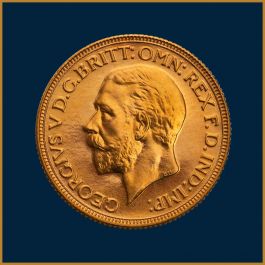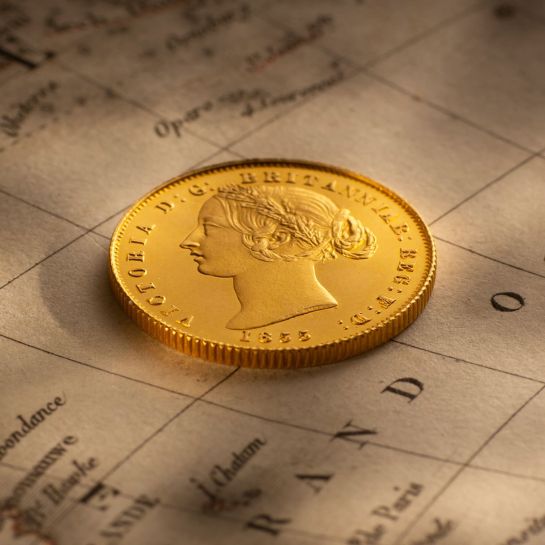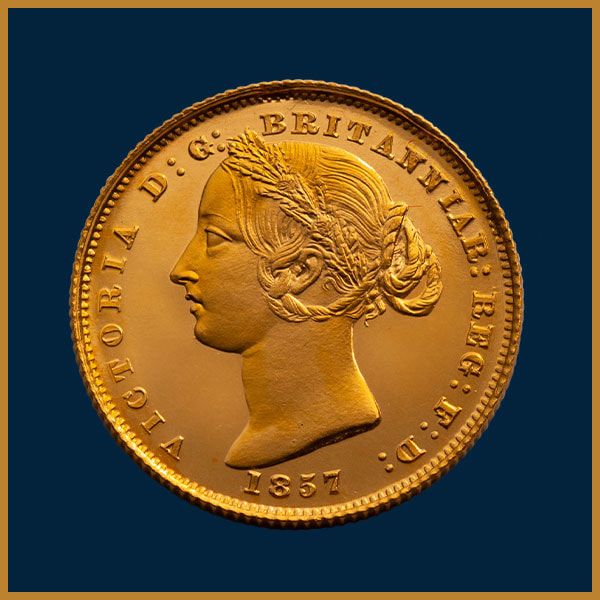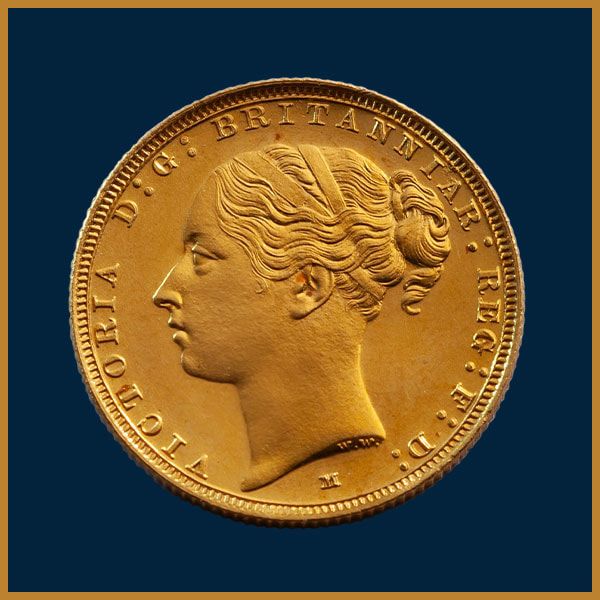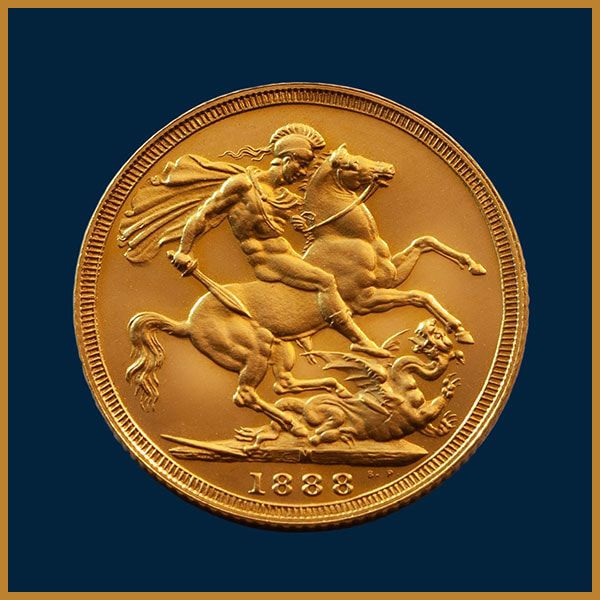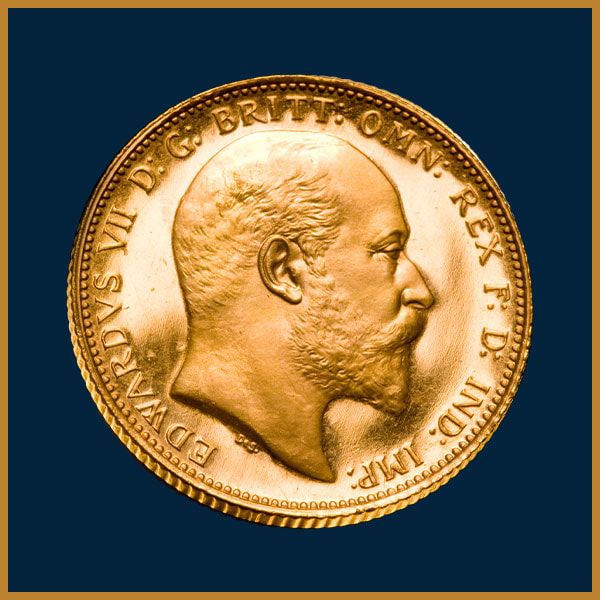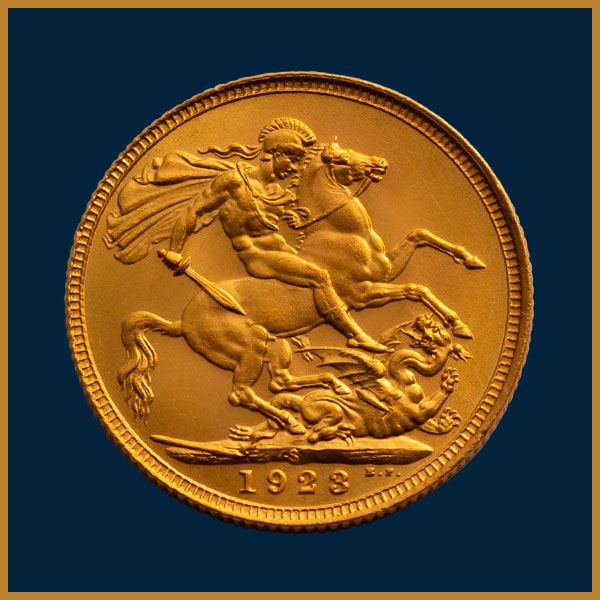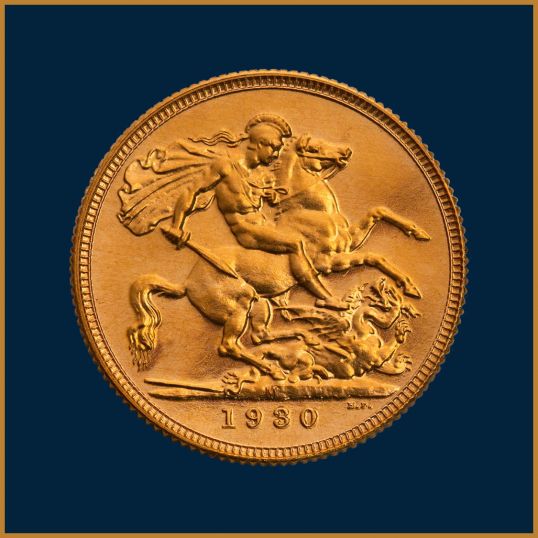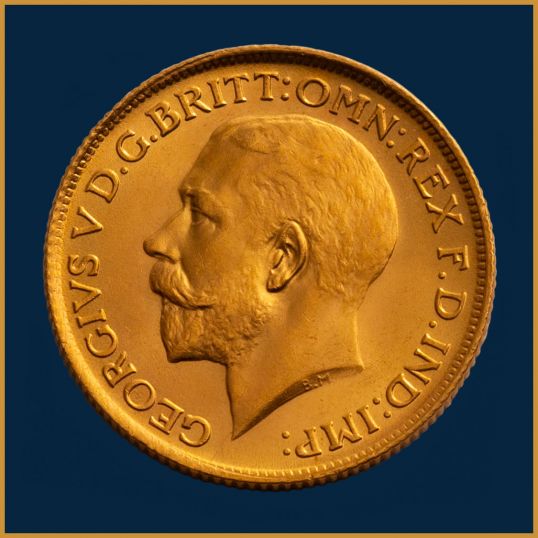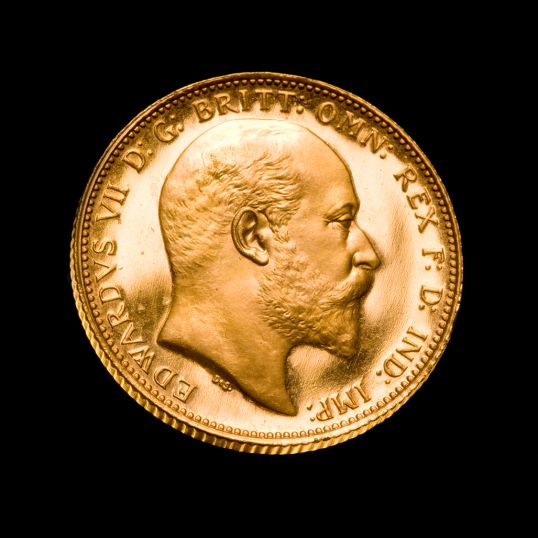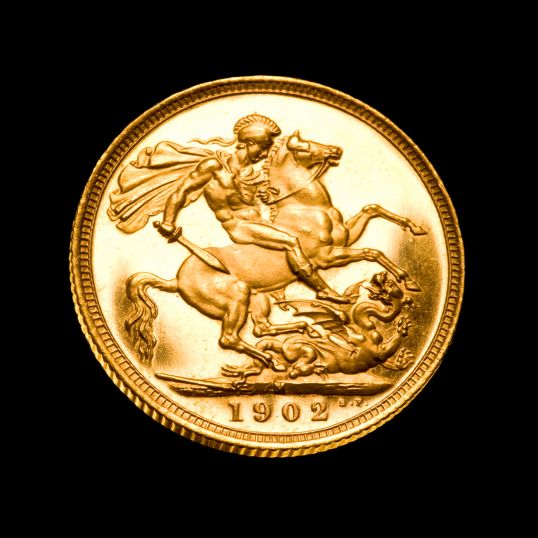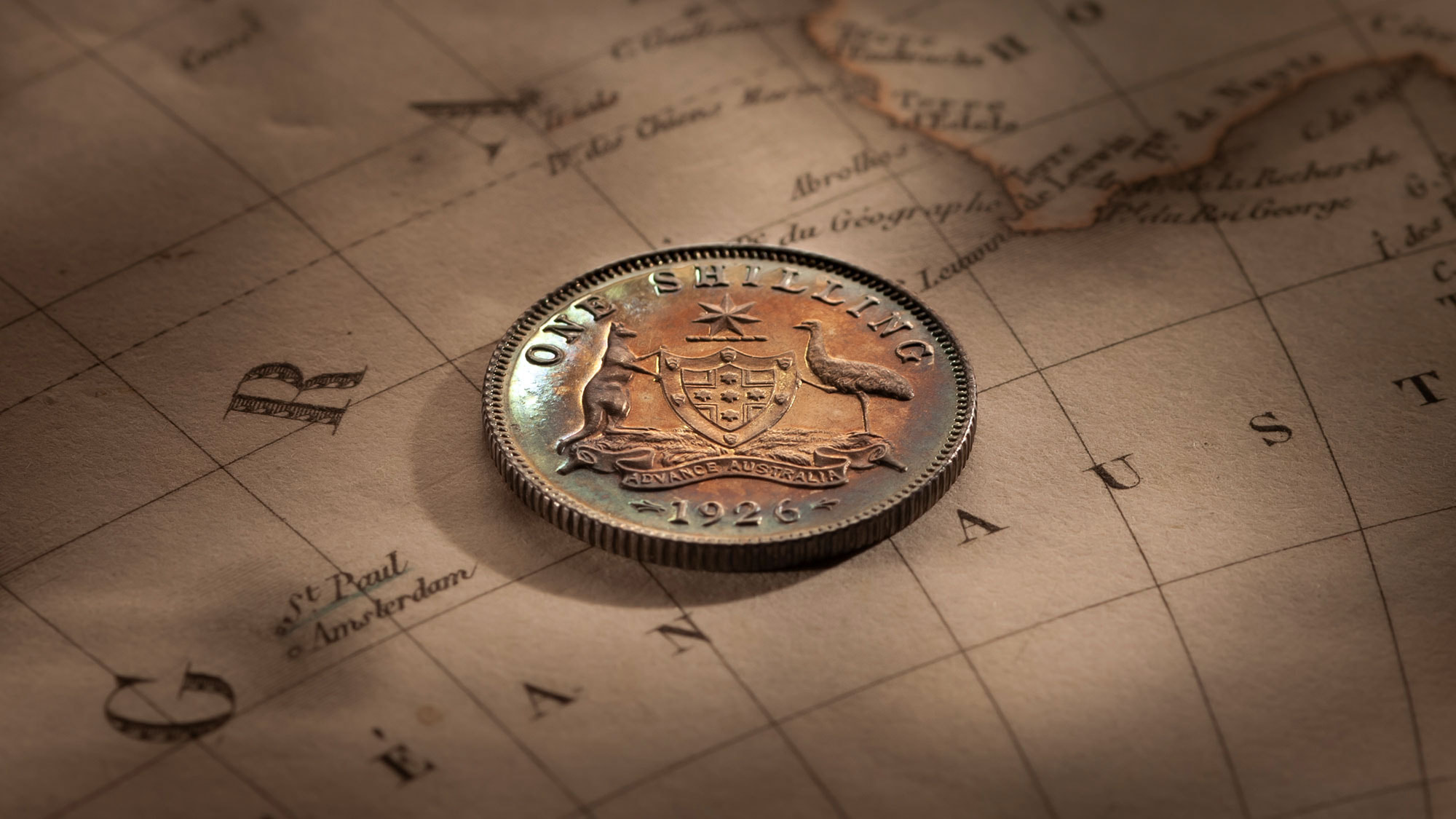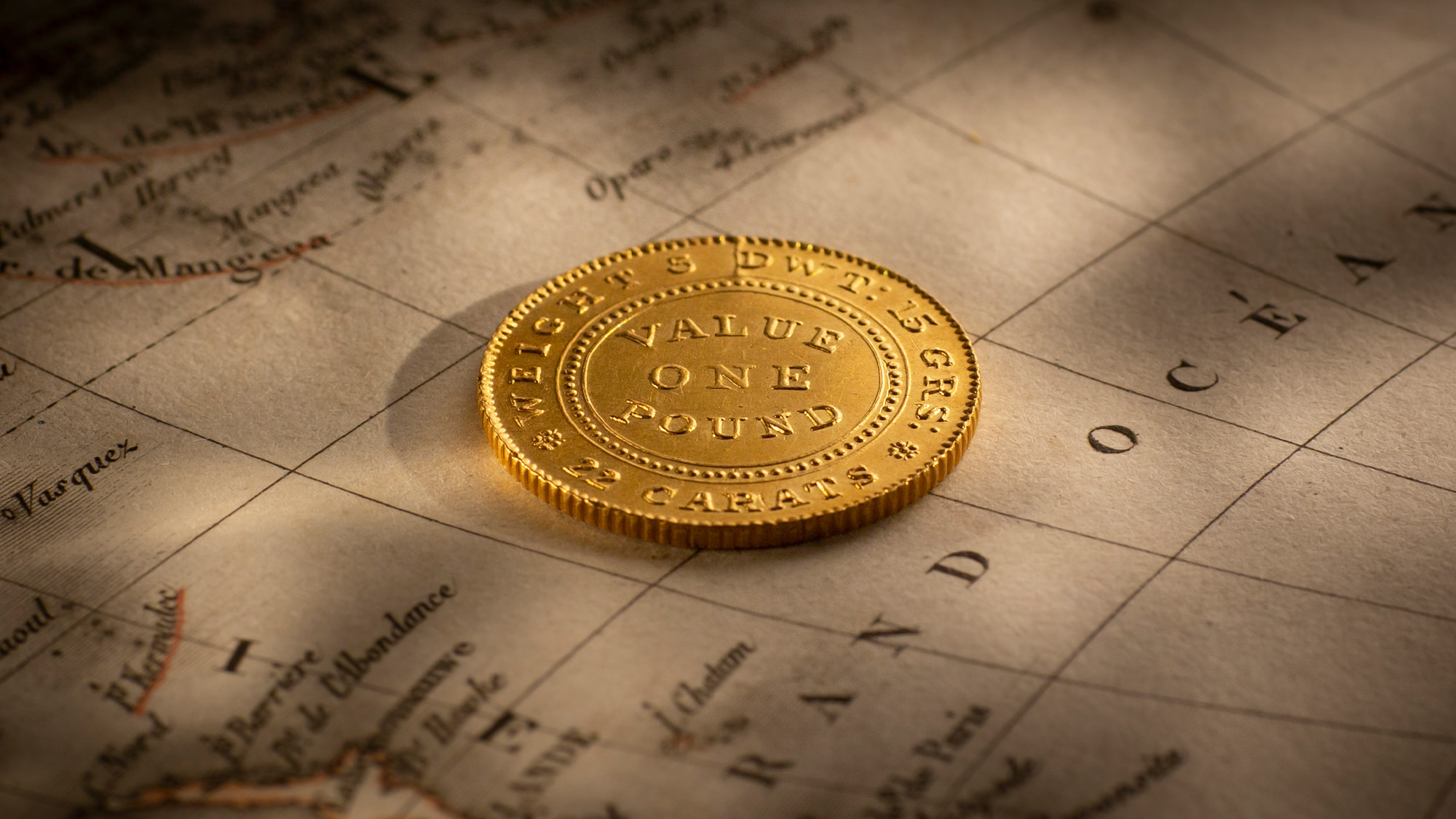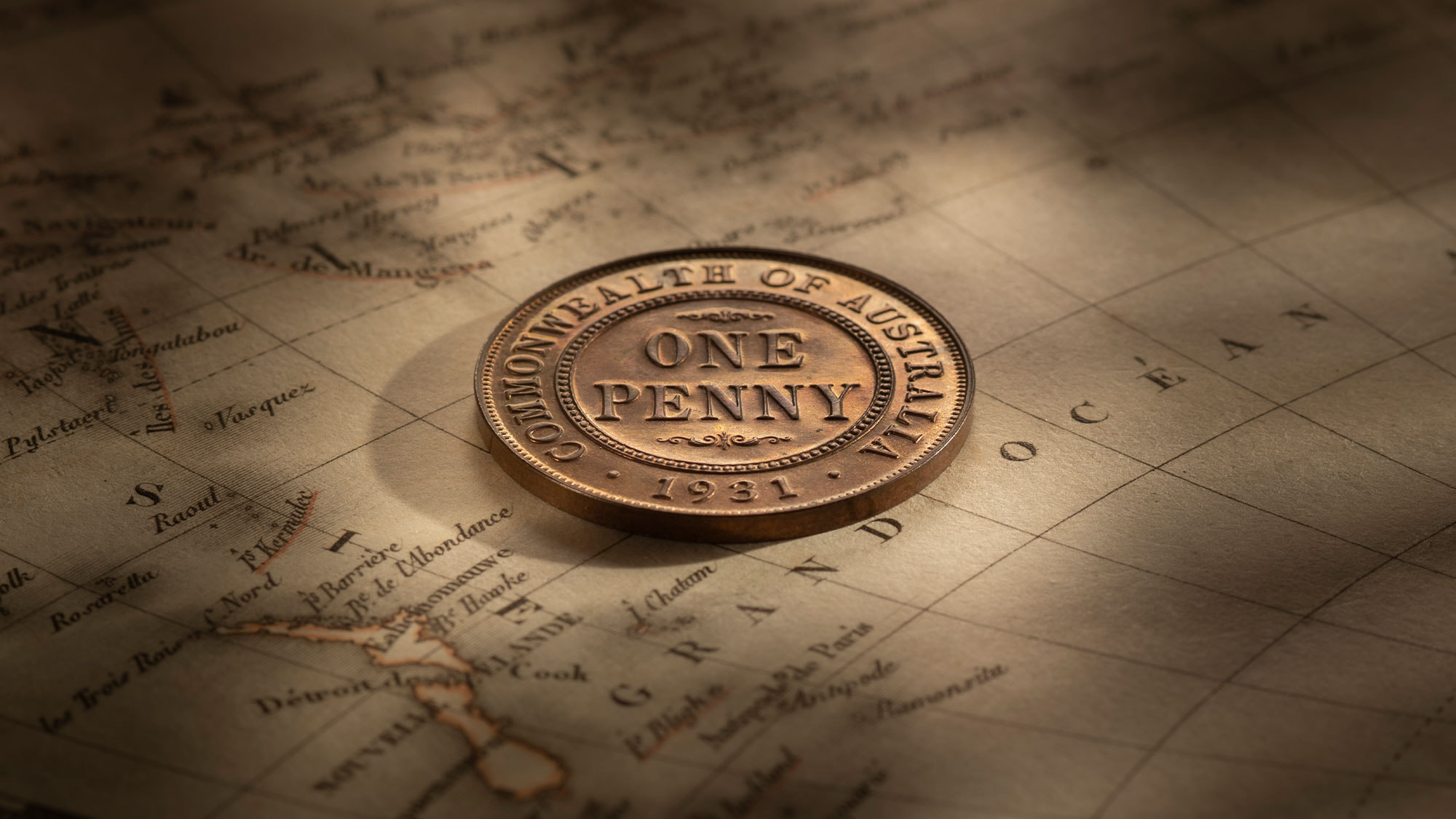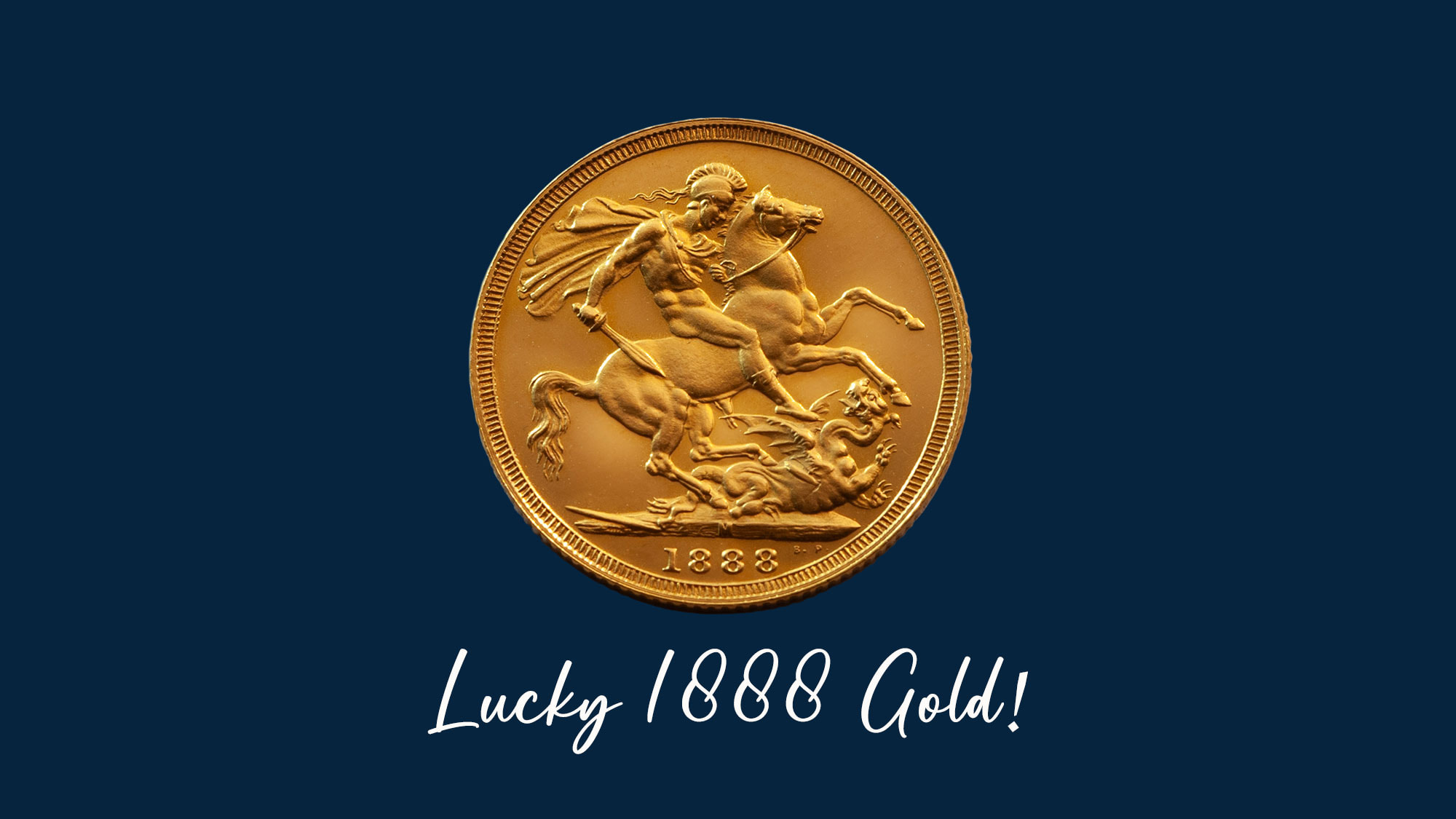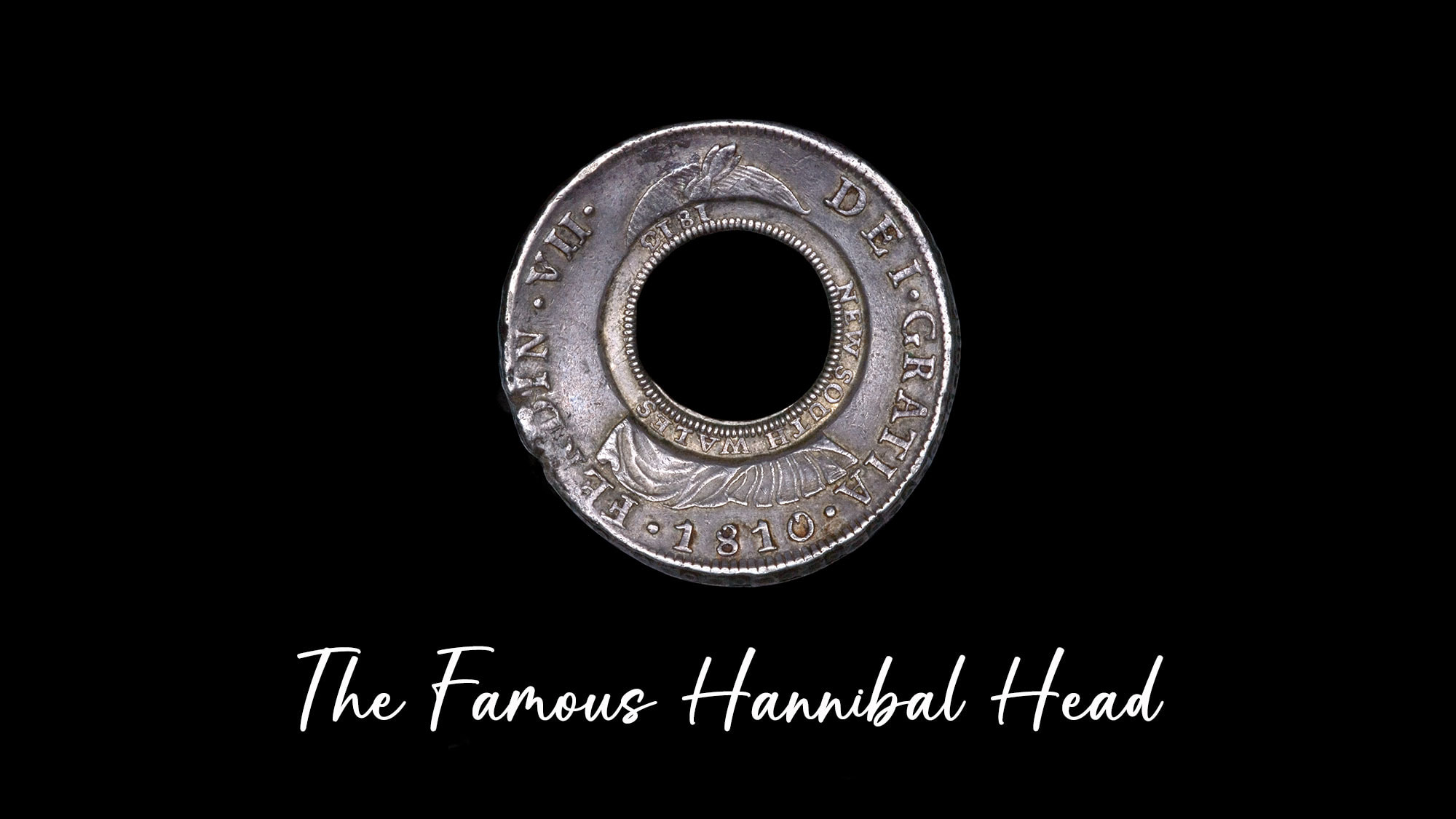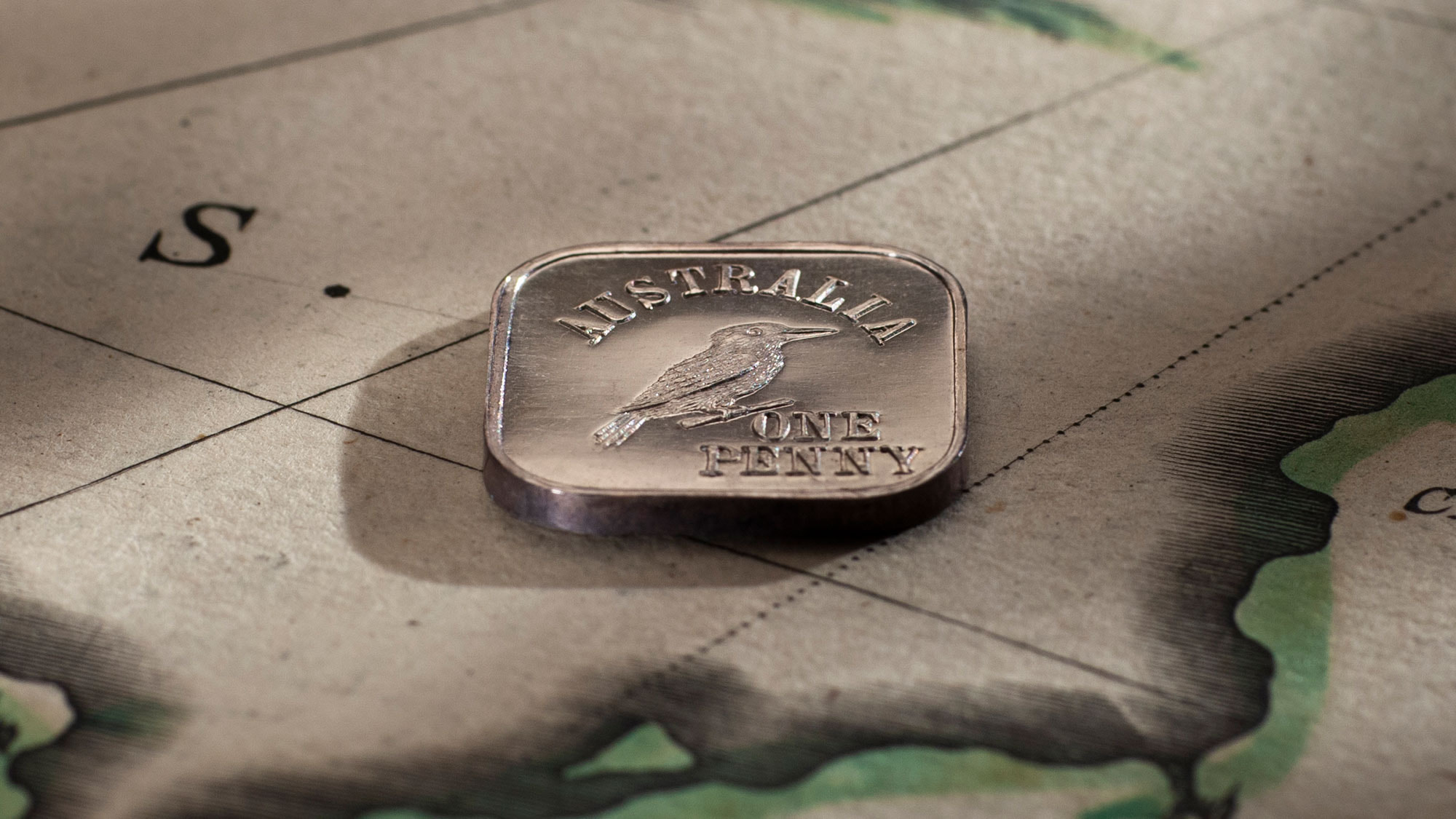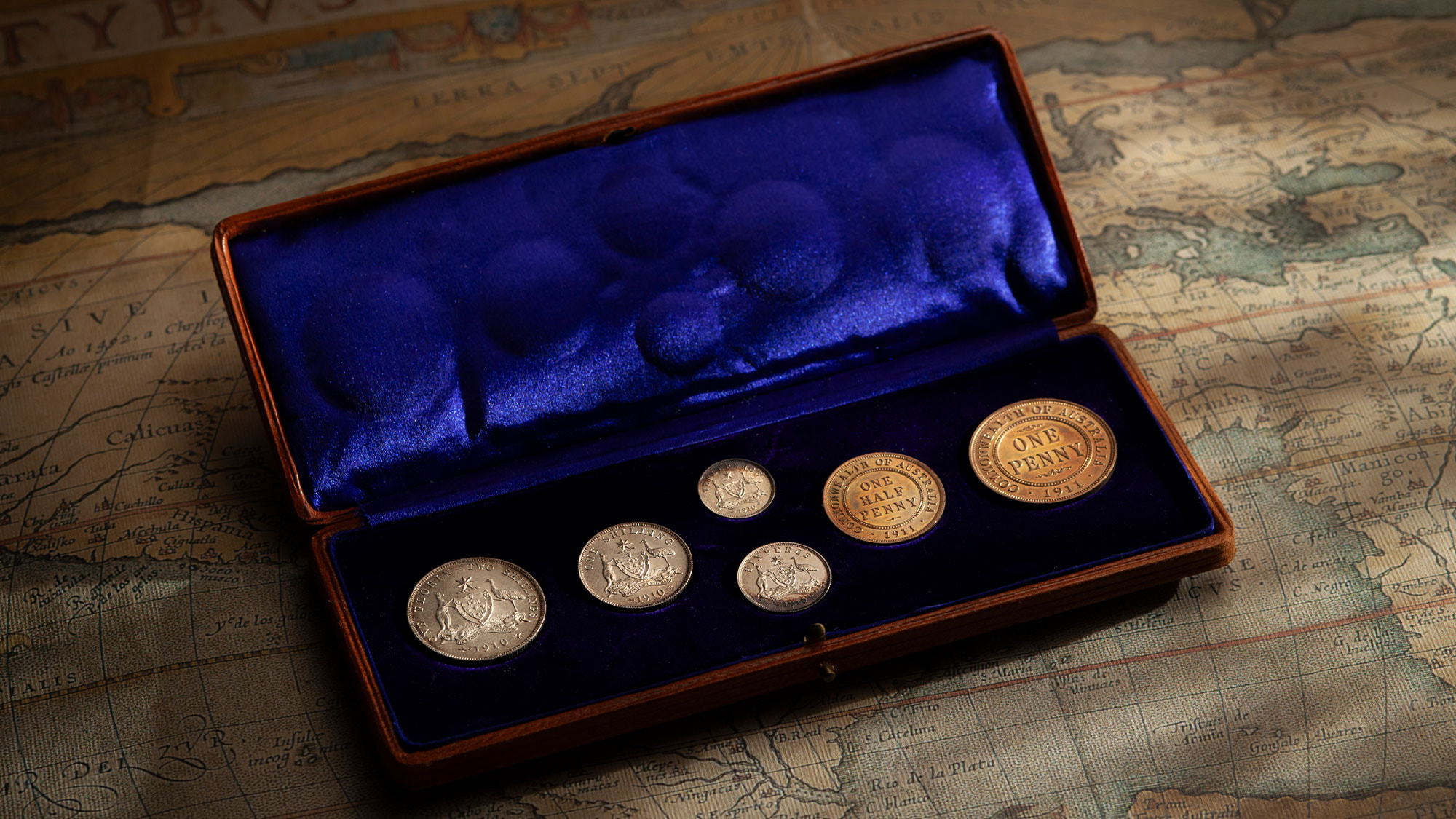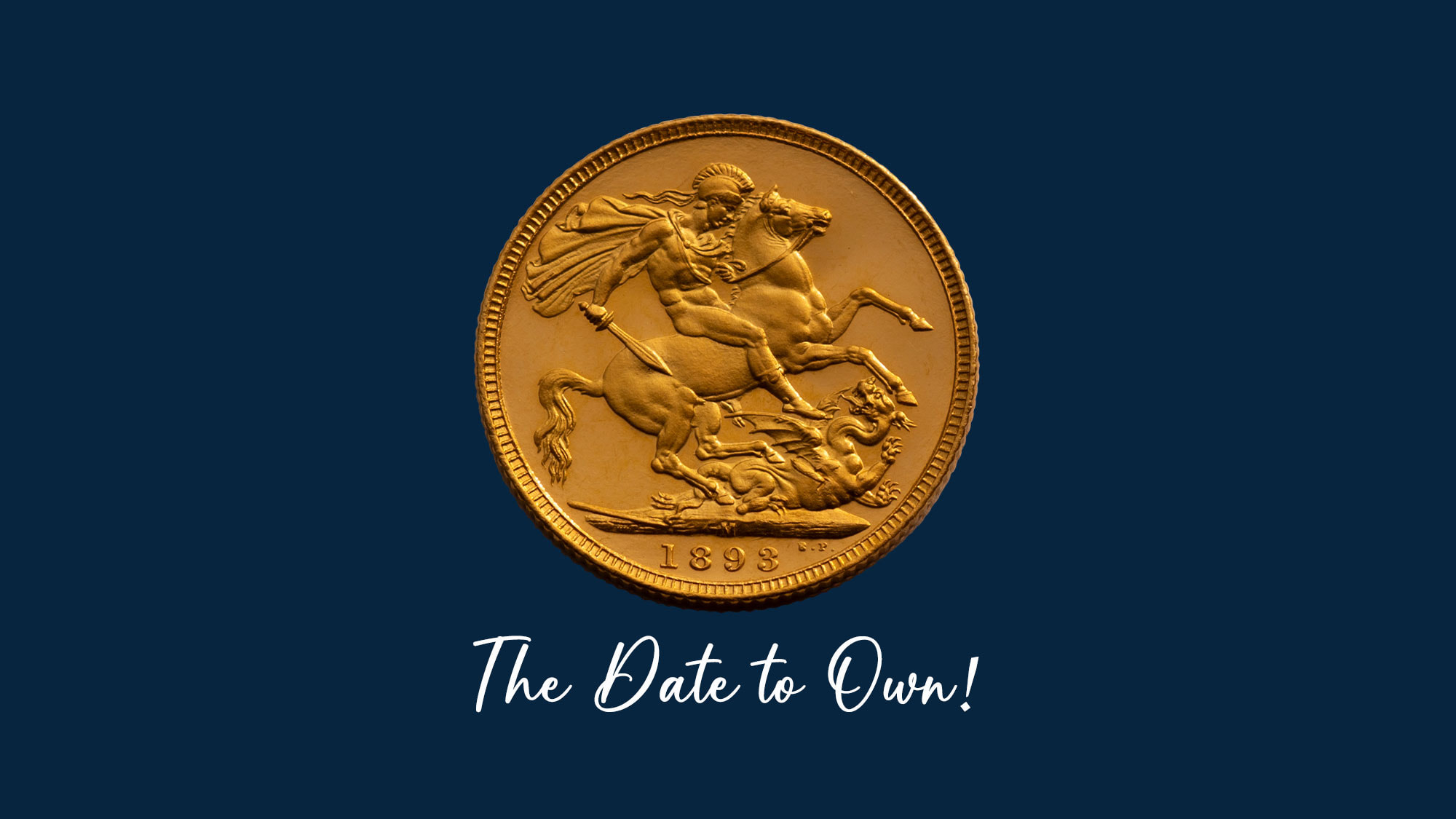On the 19 August 1853 Queen Victoria gave formal approval to establish Australia’s very first mint at or near Sydney in New South Wales. In the same year, the Royal Mint London prepared designs of Australia’s first gold coinage and manufactured dies.
The sovereign obverse design was a filleted bust of Victoria, only slightly different to that used on British sovereigns and was designed by James Wyon. The reverse design was based loosely around contemporary reverse designs of the British sixpence and shilling and was designed by Leonard Charles Wyon. Its strong point of difference to the British sovereigns the inclusion of the words 'AUSTRALIA' and 'SYDNEY MINT'.
The Half Sovereign featured the same obverse and reverse design as the sovereign.
In 1853 the Royal Mint struck samples of what the new Australian sovereigns and half sovereigns would look like. The samples were struck to proof quality.
The starting point, therefore, for collecting proof coins from Australia’s sovereign series is 1853. And that is a challenging starting point for only one Proof 1853 Sovereign and one Proof 1853 Half Sovereign are held in private hands.
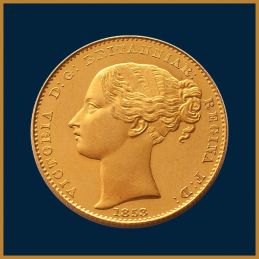

Proof 1853 Sovereign
Unique in private hands
Struck with a milled edge at the Royal Mint London, featuring the Type I 'Sydney Mint' portrait design of Queen Victoria with a band in her hair.



